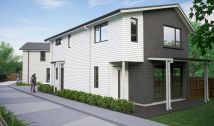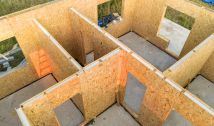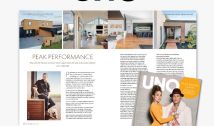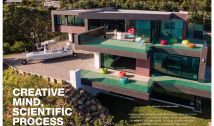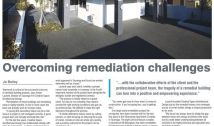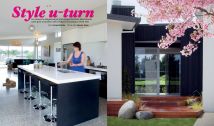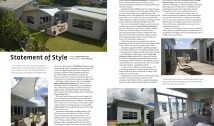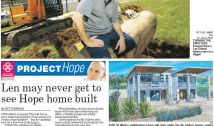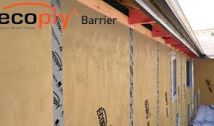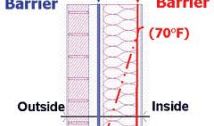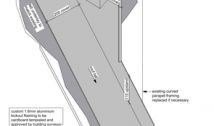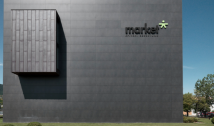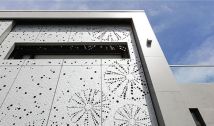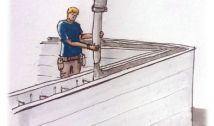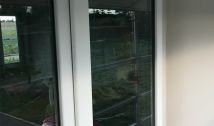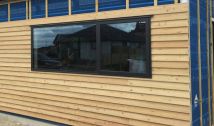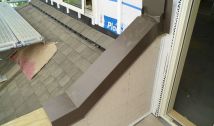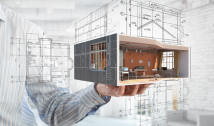Why Critical Junctions are Critical
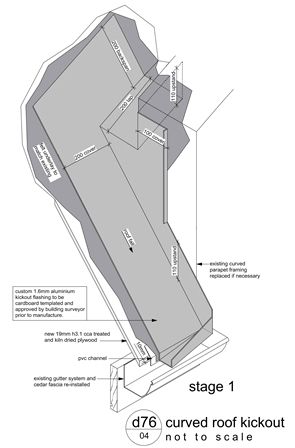
Why Critical Junctions are Critical
Critical junctions are areas of a building where construction materials and construction methods intersect. They are the areas of construction that most designers turn a blind eye to and they are also the areas that will make your builder curse out loud. A good example would be the intersection between a deck balustrade, an external wall and a roof face. Typically a builder would receive individual details for each building element - if he is lucky. However, he would not receive any information detailing what happens where they all come together.
Historically, this is where the breakdown of the designer/builder relationship starts and the weather-tight issues begin. With eroded confidence in the designer, most builders will go out on a limb and create their own solutions in an effort to ‘manage’ a critical junction that was never actually 'designed'. The problem then escalates if the builders’ solutions are not effective and the pace of construction demands they move on to other tasks. Often these 'critical junctions' then become a distant memory and a future problem.
We know that these 'critical junctions' are an opportunity to look deeper into the long term performance of a structure and to problem solve on behalf of the builder well before any progress on site. We also know that this is an opportunity to communicate with the construction team on site and show that we can assist them where they need it most. This then builds respect and confidence within the wider team resulting in a faster, more efficient process, with fewer issues on site.
The team at Creative Space specifically hunt these areas out before providing step-by-step 3D details for the builder. We then highlight the information with our warning stamp at every location through the drawing set requesting communication and feedback from the team on site. In some areas with renovation work we place another stamp that indicates we require further input and assistance from site before confirming the final solutions. This brings the builder up to speed with our thoughts and information to date, allowing him to best prepare his program and time.
Overall, these steps bridge the gap between the office and site and - without question - reduces build time, eliminates budget blow outs and results in a higher quality finished product.




